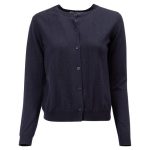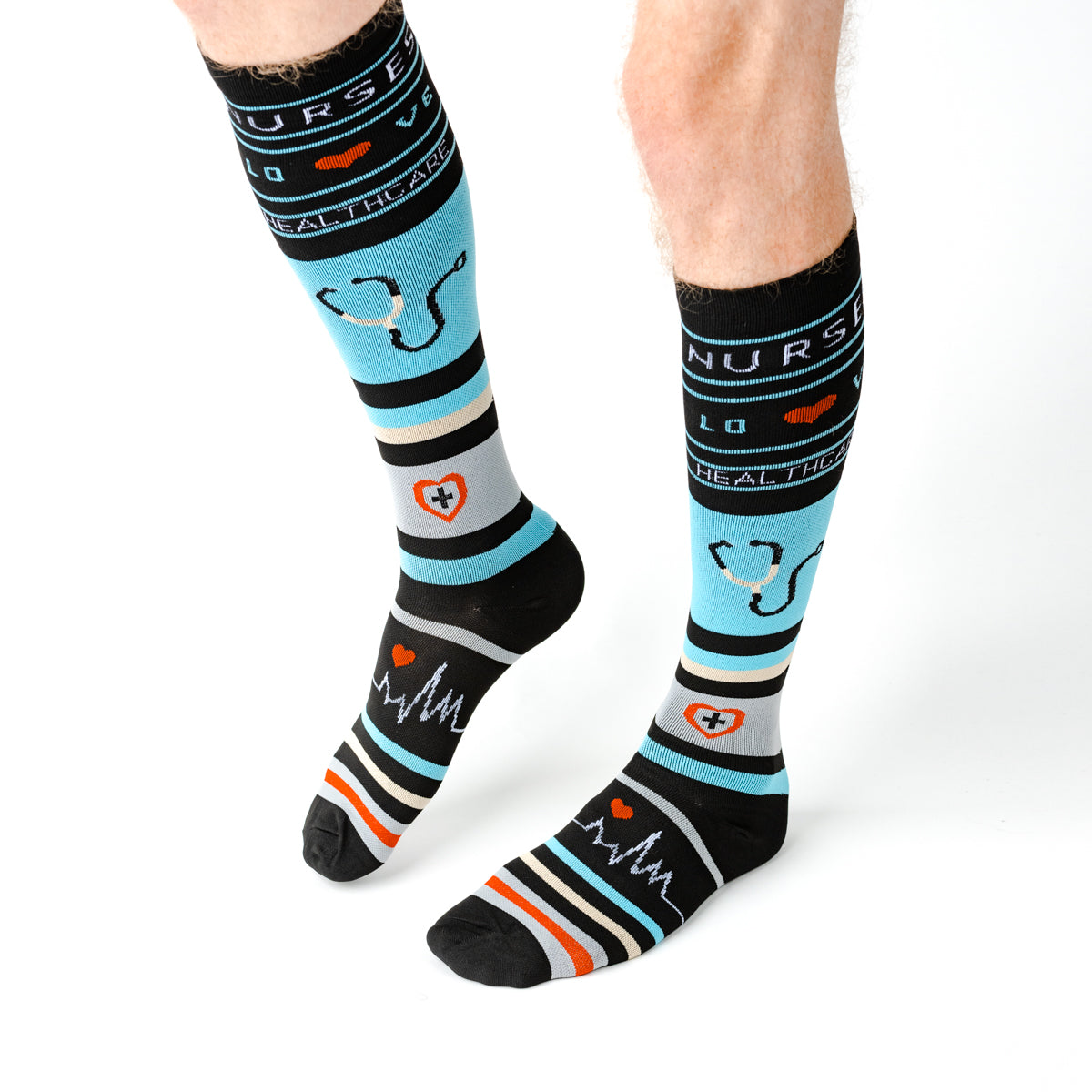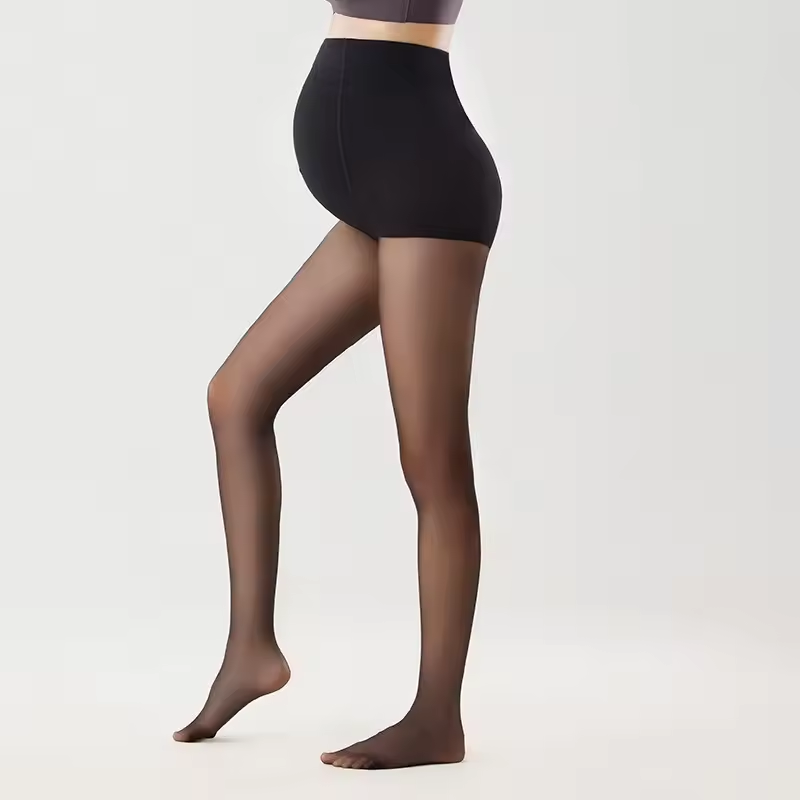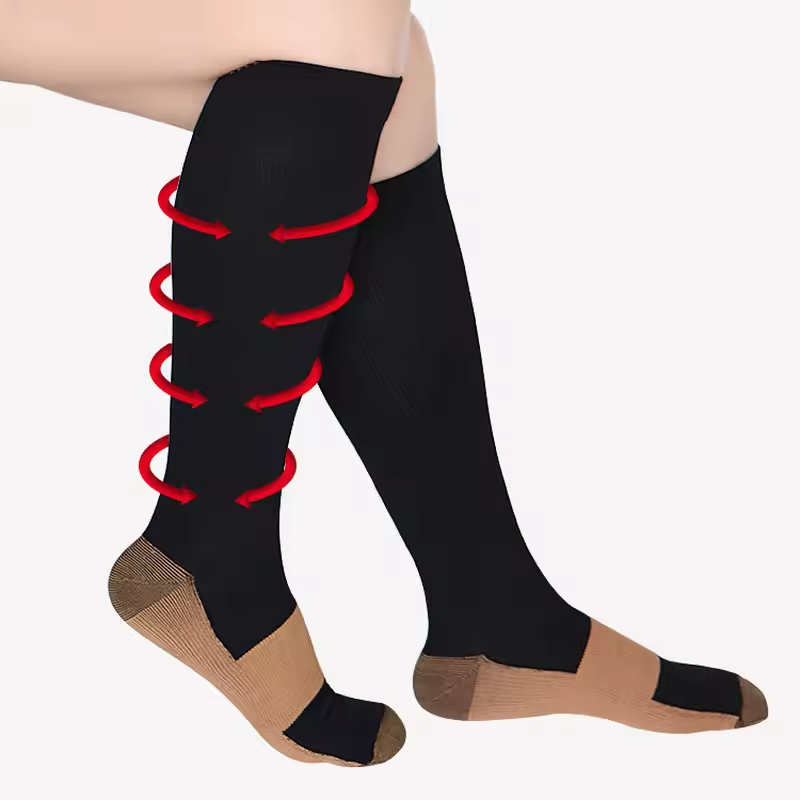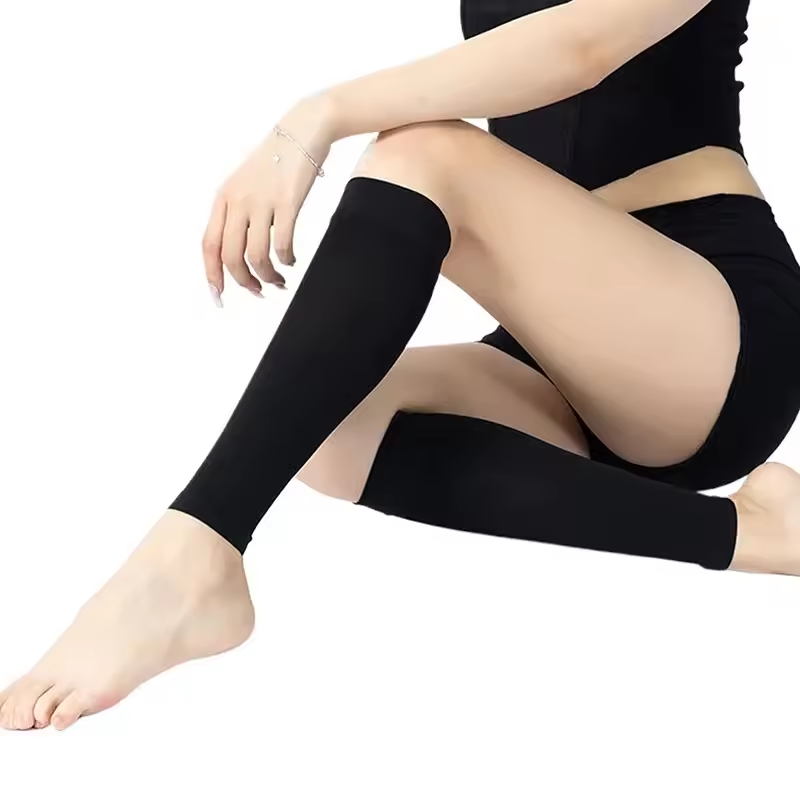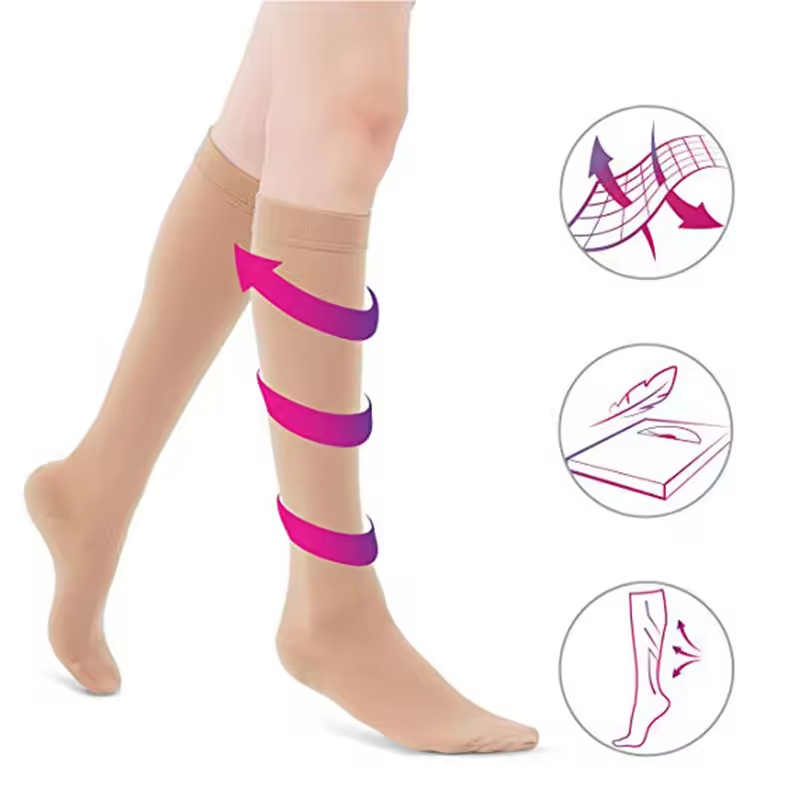Introduction: The Demands of a Nurse’s Job
Nurses are the backbone of healthcare systems, often working long, grueling hours and navigating busy shifts that require them to be on their feet for extended periods. The physical demands of the job can lead to various health issues, including leg fatigue, swelling, and varicose veins. These conditions not only affect their performance but also their overall well-being. In such a challenging profession, it’s crucial to find effective ways to support nurses’ health and comfort. One such solution is compression stockings, which have proven to be beneficial in managing the physical strain associated with nursing duties.
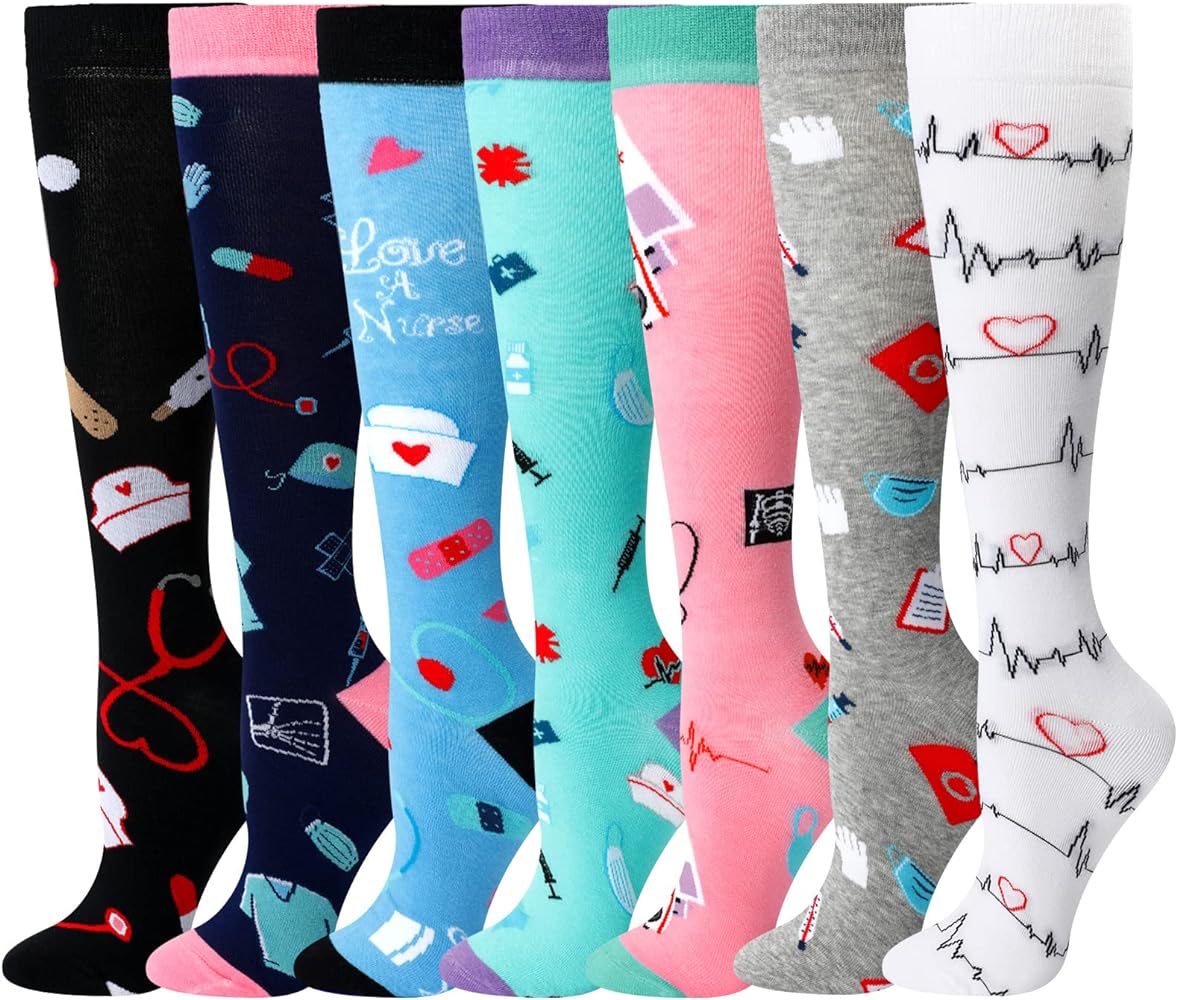
What Are Compression Stockings?
Compression stockings are specialized hosiery designed to apply pressure to the lower legs, helping to maintain blood flow and reduce discomfort and swelling. They come in various levels of compression, typically measured in millimeters of mercury (mmHg), and are available in different styles, such as knee-high, thigh-high, and full-length tights. The primary function of these stockings is to promote circulatory health by preventing blood from pooling in the veins, which can lead to complications like deep vein thrombosis (DVT). For nurses, who spend a significant portion of their day standing or walking, compression stockings offer a practical and effective means of enhancing leg health and overall comfort.
Benefits of Compression Stockings for Nurses
The benefits of compression stockings for nurses are multi-faceted and can significantly improve their daily working experience. Firstly, they help reduce leg pain and fatigue by improving blood circulation, which is vital when standing or moving for prolonged periods. Enhanced circulation prevents the buildup of lactic acid in the muscles, which is a common cause of soreness and tiredness. Furthermore, compression stockings can help prevent and manage varicose veins and spider veins, conditions often exacerbated by long hours on one’s feet. By providing consistent pressure, these stockings support the veins and enhance venous return, reducing the likelihood of vein-related complications.
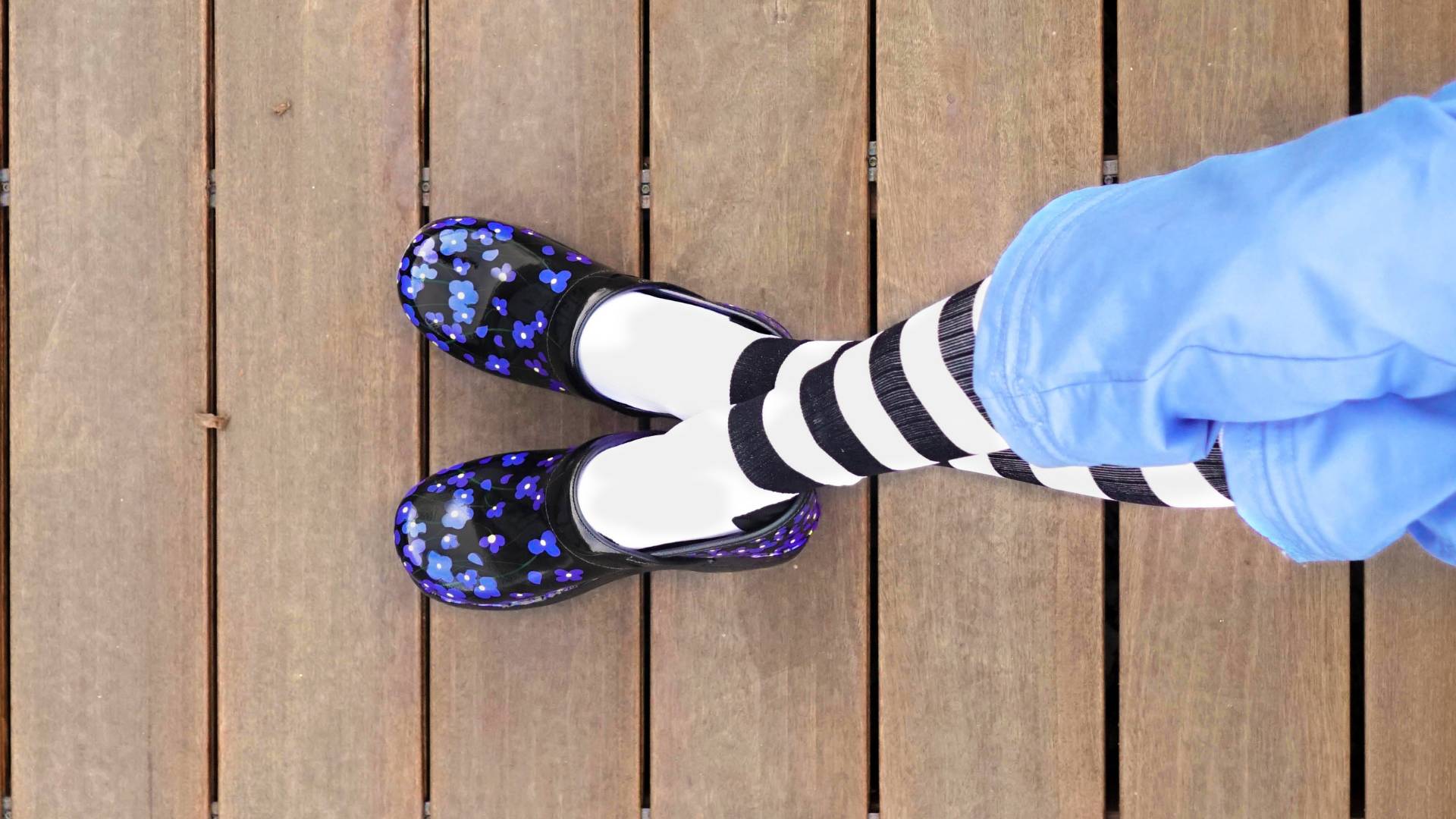
Prevention of Swelling and Edema
Swelling, especially in the lower extremities, is a common issue faced by nurses due to prolonged standing and walking. This condition, known as edema, occurs when excess fluid accumulates in the tissues, leading to discomfort and potential mobility issues. Compression stockings are highly effective in preventing and managing edema by promoting efficient fluid drainage from the legs back to the heart. By applying graduated pressure, with the highest compression at the ankle and gradually decreasing up the leg, these stockings facilitate better lymphatic and venous flow. This helps to minimize swelling, allowing nurses to remain comfortable and active throughout their shifts.
Supporting Long-Term Leg Health
For nurses, maintaining long-term leg health is crucial given the physical demands of their profession. Chronic venous insufficiency (CVI) is a condition that can develop over time due to poor venous return, leading to symptoms like pain, swelling, and skin changes. Compression stockings play a vital role in preventing CVI by ensuring that blood does not stagnate in the lower legs. Consistent use of these stockings can help sustain healthy blood flow, reducing the risk of developing chronic conditions. Additionally, they can aid in the recovery of existing vein issues, providing much-needed support and relief for those already experiencing symptoms.
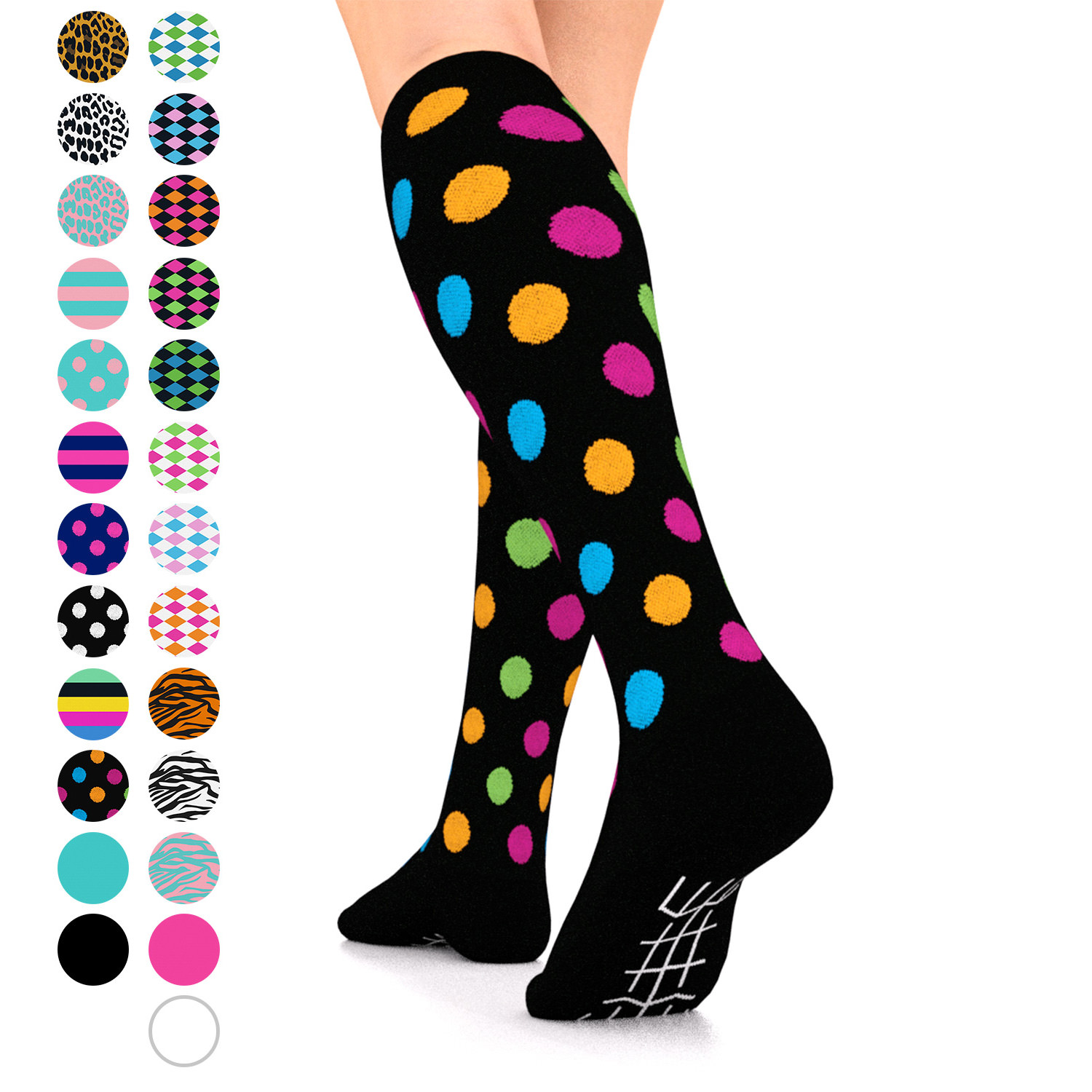
Enhancing Overall Comfort and Performance
The comfort and performance of nurses are paramount, given the critical nature of their work. Compression stockings contribute significantly to both aspects by alleviating discomfort and enhancing physical endurance. The gentle yet firm pressure exerted by these stockings provides a feeling of support and stability, reducing muscle fatigue and soreness commonly experienced after long shifts. This improved comfort allows nurses to focus more on their tasks and patient care rather than being distracted by physical discomfort. Moreover, by minimizing leg pain and swelling, compression stockings enable nurses to move more freely and efficiently, thereby enhancing their overall performance.
Psychological Benefits and Confidence Boost
The psychological benefits of wearing compression stockings should not be underestimated. Knowing that they are taking proactive steps to protect their leg health can boost nurses’ confidence and morale. The visible reduction in swelling and the prevention of varicose veins can also positively impact their self-esteem, making them feel better about their appearance. This sense of well-being can translate into improved job satisfaction and a more positive outlook, which are essential components in such a demanding and often stressful profession. The combination of physical comfort and psychological reassurance makes compression stockings a valuable addition to a nurse’s uniform.
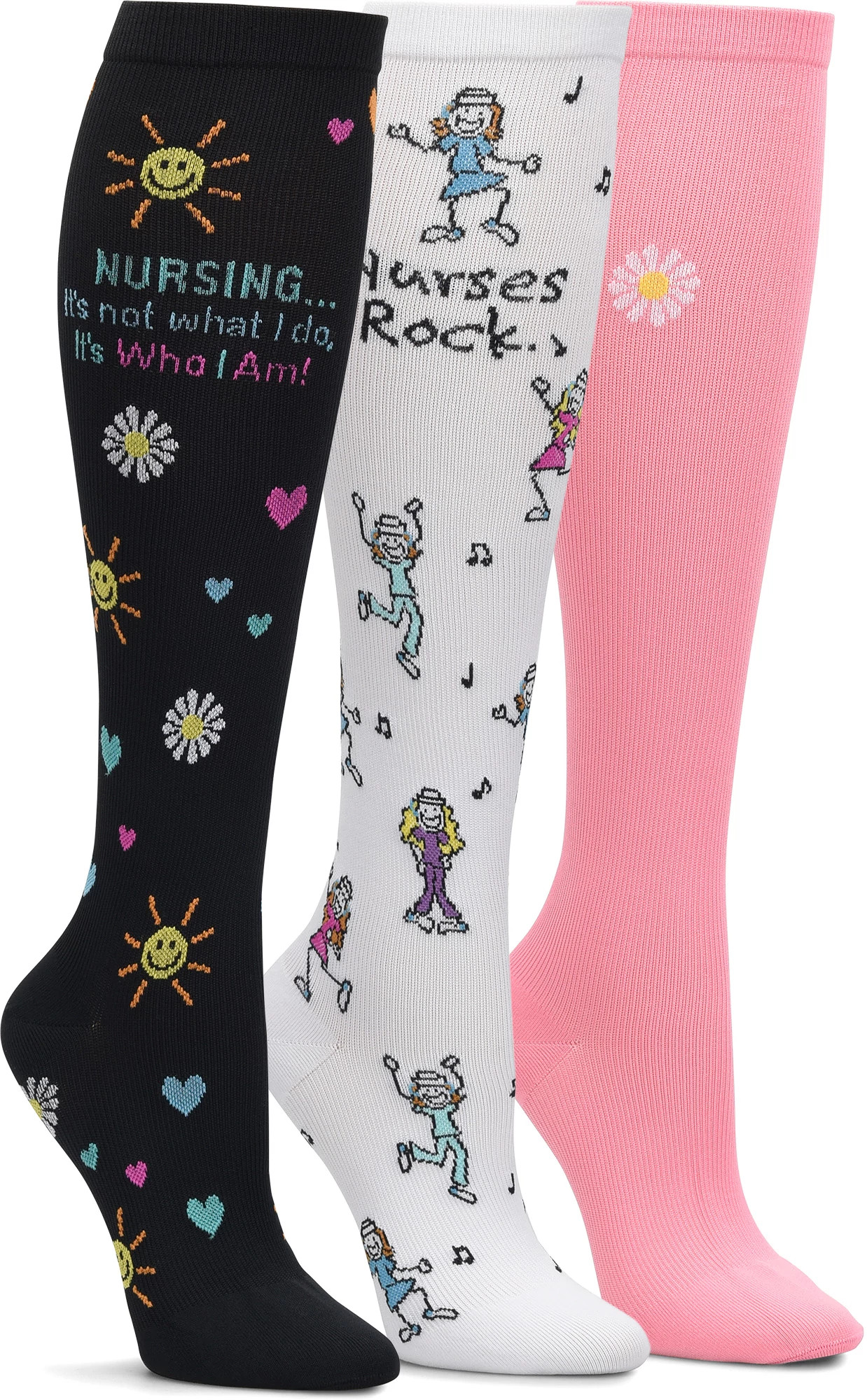
Choosing the Right Compression Stockings
Selecting the appropriate compression stockings involves considering several factors, including the level of compression needed, the style of the stockings, and personal comfort preferences. Nurses should consult with healthcare professionals to determine the correct level of compression based on their specific needs, whether it be for preventive care or managing existing conditions. It’s also important to choose the right size to ensure optimal effectiveness and comfort. Trying different styles, such as knee-high or thigh-high stockings, can help identify which is most suitable for their work environment and personal comfort. Quality and material are also crucial, as breathable, durable fabrics enhance wearability throughout long shifts.
Proper Use and Maintenance
To reap the full benefits of compression stockings, proper use and maintenance are essential. Nurses should wear their stockings consistently during work hours to maximize their effectiveness in promoting circulation and reducing swelling. It’s important to put them on first thing in the morning before significant swelling occurs. Regular washing according to the manufacturer’s instructions maintains their elasticity and cleanliness, ensuring they continue to provide adequate compression. Replacing stockings every three to six months, depending on wear and tear, ensures that they remain effective. Proper care and usage extend the lifespan of the stockings and maintain their health benefits.
Addressing Common Concerns
Despite the numerous benefits, some nurses may have concerns about wearing compression stockings, such as discomfort, difficulty in putting them on, or fashion considerations. Addressing these concerns involves choosing the right fit and style and considering modern designs that blend functionality with aesthetics. Compression stockings today come in various colors and patterns, allowing nurses to find options that match their uniforms and personal style. Learning techniques for easier application, such as using stocking donners or gloves, can alleviate challenges in putting them on. Understanding the substantial health benefits can also motivate nurses to overcome initial apprehensions and incorporate compression stockings into their daily routine.
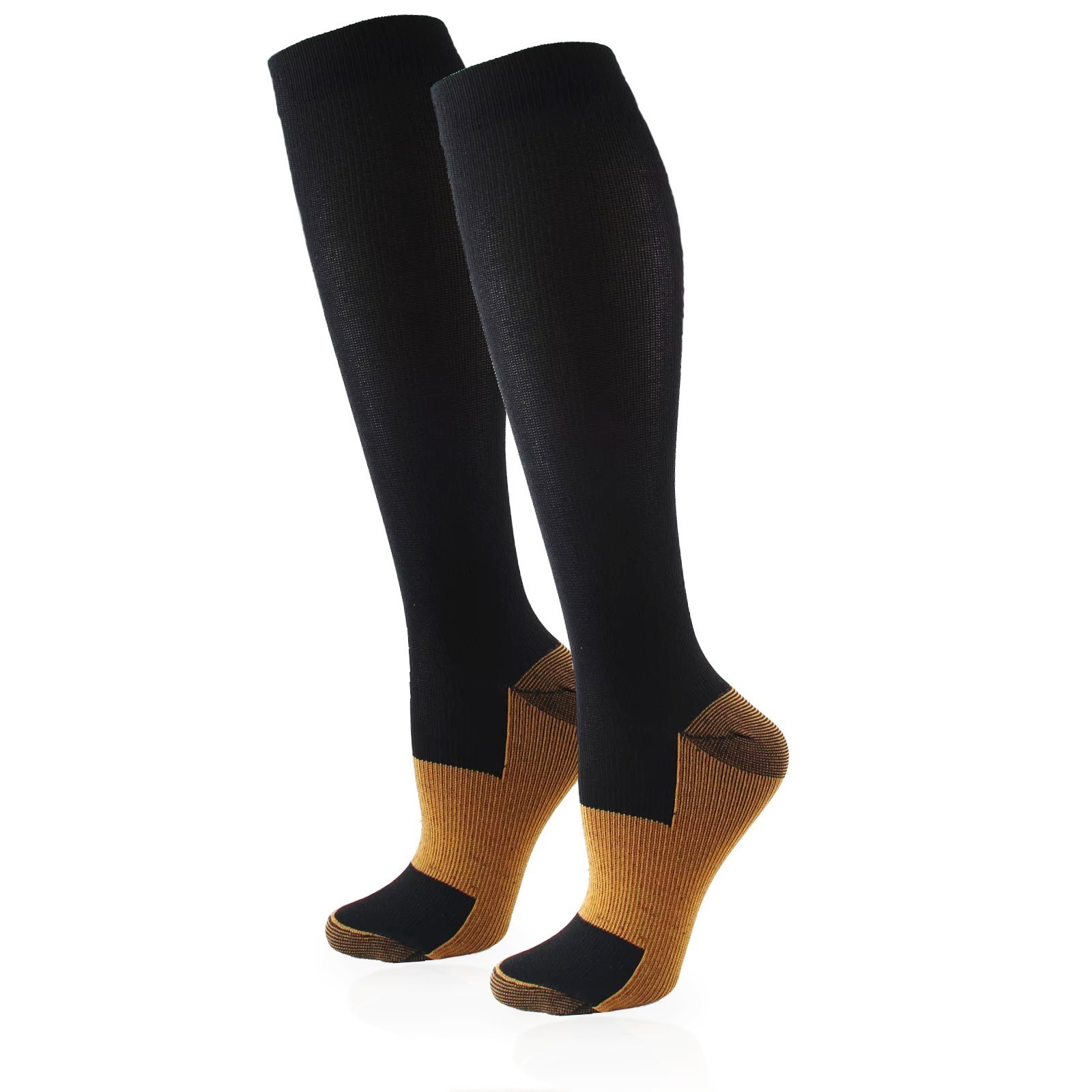
Testimonials and Real-Life Experiences
Hearing from fellow nurses who have benefited from compression stockings can be encouraging and informative. Many nurses report significant improvements in comfort, reduced leg pain, and less swelling after incorporating compression stockings into their work attire. Real-life testimonials highlight the practical advantages and positive impact on job performance and personal well-being. These shared experiences can provide valuable insights and tips on selecting and using compression stockings effectively. They also serve as a testament to the tangible benefits of this supportive gear, reinforcing the importance of prioritizing leg health in such a physically demanding profession.
Conclusion: Investing in Health and Comfort
In conclusion, compression stockings are an invaluable asset for nurses, offering a multitude of benefits that enhance both short-term comfort and long-term leg health. By improving circulation, reducing swelling, and preventing vein-related issues, these stockings address the unique physical challenges faced by nurses. Choosing the right compression level, style, and ensuring proper use and maintenance are key to maximizing their benefits. Beyond the physical advantages, the psychological boost and increased job satisfaction they provide make them a worthwhile investment. For nurses dedicated to providing the best care for their patients, taking care of their own health and comfort through compression stockings is a step towards a healthier, more sustainable career.



